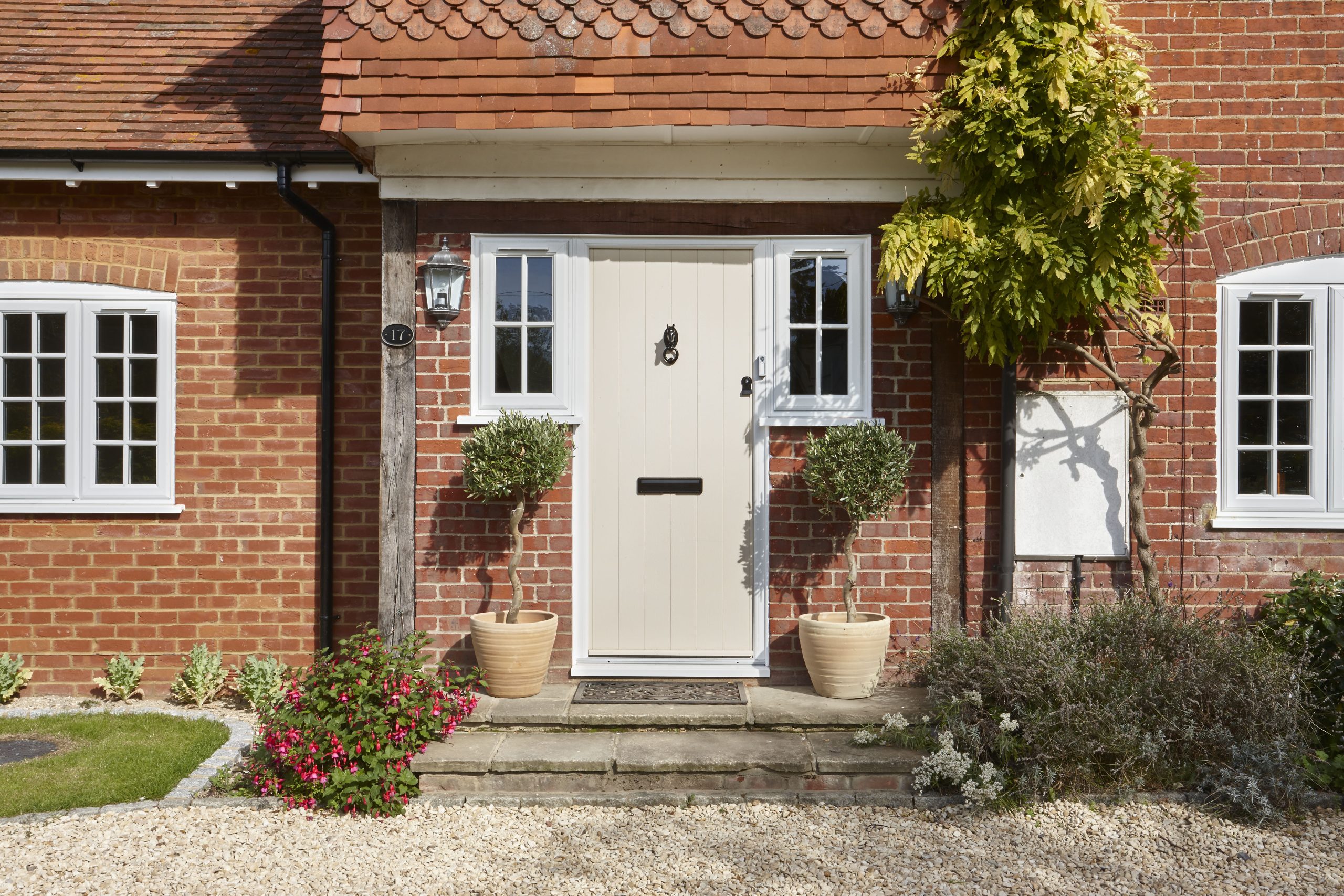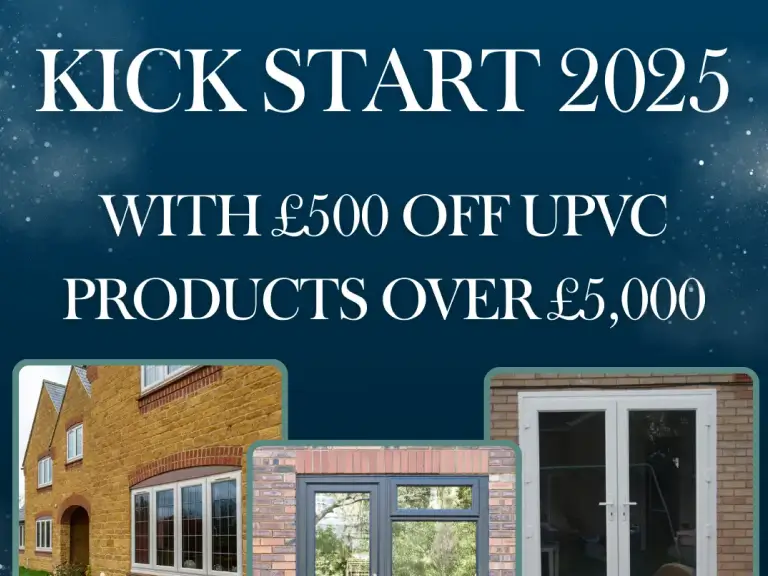
10 Feb How Windows and Doors Have Changed Since 2000

How windows and doors have changed since 2000 is an interesting journey. In the past two decades, there have been some major changes in the windows and doors industry. In this article, we’ll look at some of the most significant innovations that have taken place since 2000. From new materials to energy-saving features, windows and doors today are vastly different from those of 20 years ago.
Windows and Doors Before the Millennium
Up until the early 2000s, most domestic windows and doors were made from wood. Whilst wood is an attractive material, it does have some drawbacks. Wooden doors and windows are not very durable; over time, sunlight and moisture can cause wood to warp, crack, and rot. Additionally, wood is not a very good insulator and doors where usually just one wood panel thick.
Another drawback was that once made, wooden windows could rarely be repaired. They would need to be entirely replaced. They also need regular maintenance such as repainting on a yearly basis. This would cost the homeowner money, or involve them painting a whole house worth of windows every year.
Before the 2000’s, single glazing was still a very popular feature. Although double glazing was relatively affordable by the 1990’s, it wasn’t until 2002 that it appeared more often.
21st Century Technology in Windows and Doors
In the past 20 years, however, there have been some major advances in technology. As a result, many window and door manufacturers now offer products made from composite materials such as uPVC.
Windows made from uPVC are more durable than wood, insulate better and can often be repaired in parts. They do not need regular repainting and have the added benefit of being more secure against burglaries.
Composite doors are made with multiple layers. Steel, uPVC, insulation and wood are all combined to produce a very strong and durable door. They are usually painted to mimic woodgrain but have none of the drawbacks a real wooden door has.
Improving Energy Efficiency
Another innovation that has taken place in the windows and doors industry is the introduction of energy-efficient features. In 2002 the UK government changed the building regulations, requiring all replacement glazing (with some exceptions) to be double glazing. This keeps houses warmer and saves energy. Double glazing also reduces noise pollution which makes homes quieter.
In 2007, the government made Energy Performance Certificates (EPC) mandatory. This increased awareness of having an energy efficient home. By 2010, more and more people started opting for uPVC windows and doors over wooden ones.
Since 2000, the building regulations have also been changed three times, to reflect lower U-values for windows. In 2000, 2010 and 2013 the U-value minimum standards were lowered from 4.8 to 1.6 and this is likely to be lowered again in the future. A U-value is a way of measuring the heat transfer lost through a structure, such as a window. The more insulation, the lower the U-value will be.
Finally, thanks to advances in manufacturing technology, the last two decades have made it possible to purchase windows and doors in a wide variety of styles and colours. Glass can be purchased in larger panes now at a lower price than twenty years ago. Window frames come in a huge variety of colours and bespoke customisation is a normal part of purchasing doors and windows.
The Future of Windows And Doors
What does the future hold for innovations in windows and doors? Over the next twenty years we will likely see smart window and door locks become widespread. The Internet of Things will expand to incorporate ways to communicate with your windows and lock them remotely if you have forgotten.
Glass that changes from transparent to opaque is already being used in office buildings and on aeroplanes, this could become a feature in our homes too. At the click of a button, you will be able to effectively open or close the glass privacy without blinds or curtains.
Another development we are already seeing, is the introduction of triple glazing into homes. In 2040 the UK will only be ten years from the target of reaching net zero on carbon emissions. This means throughout the next twenty years a greater emphasis will be put on using technology to improve how energy efficient our windows and doors can be.
There have been some major changes to windows and doors in the twenty-three years since 2000. Better, cheaper materials and a commitment to conserving energy as much as possible have driven innovations. Homes with good quality double glazed uPVC windows and doors benefit from less noise pollution, less heat loss and more personality than homes in 2000 did. With exciting new technology being developed all the time, we can look forward to more over the next 20 years.


